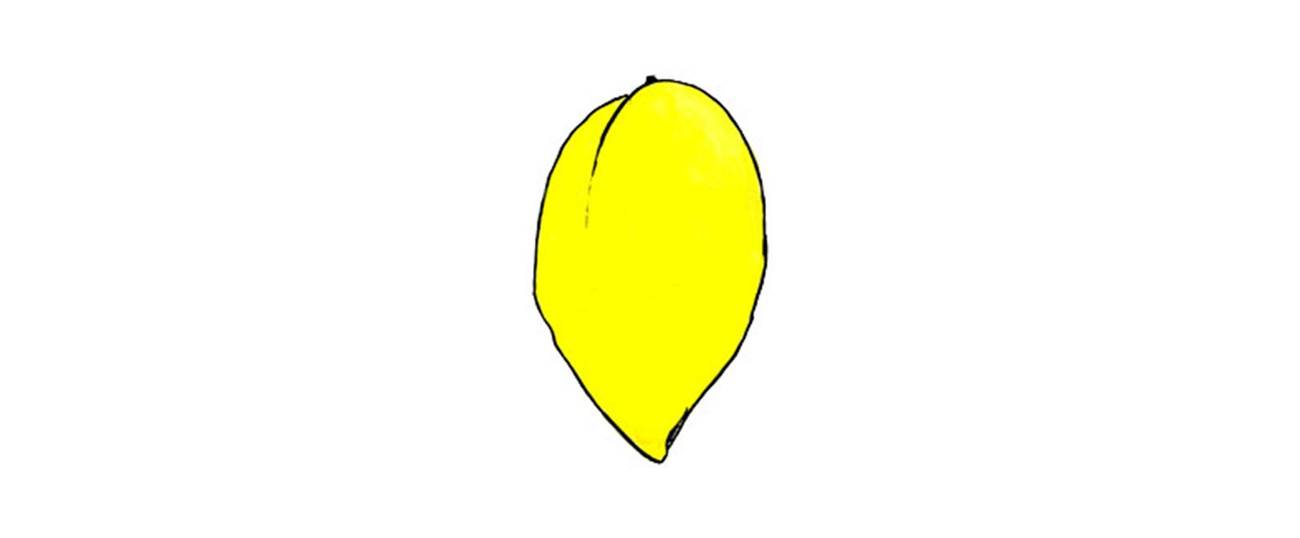Sukkot FAQ
Everything you ever wanted to know about the Feast of Tabernacles




WHAT IS SUKKOT?
The year’s first harvest holiday, Sukkot celebrates the pilgrimage Jews made to the Temple in Jerusalem, bearing fruits and sacrifices. Traditionally, people build temporary dwellings—sukkahs—eating and sleeping in them during the holiday.
WHEN IS SUKKOT?
In 2023, Sukkot begins at sundown on Friday, September 29, and ends at sundown on Friday, October 6.
WHAT’S IT ALL ABOUT?
Sukkot is without doubt the most action-packed of all Jewish holidays. We’re commanded to build a temporary dwelling, take our meals al fresco, shake special tree branches, and so on. This, in part, has to do with the fact that Sukkot (together with Shavuot and Passover) is one of shloshet ha’regalim, or the three festivals of pilgrimage, occasions on which the ancient Israelites traveled to Jerusalem and worshipped at the Temple. This means it’s both a religious and an agricultural celebration, calling for all manner of ritual.
The holiday, the Bible instructs us, is to be celebrated “at the end of the year when you gather in your labors out of the field,” after you’ve gathered your harvest “in from your threshing-floor and from your winepress.” Sukkot, then, is the time to survey—and give thanks for—the land’s bounty, a classic agricultural feast for a classic agricultural society.
A remnant of the ancient traditions is still visible in simchat beit ha’shoeva, or rejoicing at the place of drawing water, a celebration immediately following Sukkot. As Sukkot is also believed to be the time of year when God determines the world’s rainfall for the coming year, a special ceremony was held in the ancient Temple called nisuch ha’mayim, or the water libation ceremony, in which the priests would draw water from a Jerusalem pool and pray for rain. Following the ceremony, the worshippers would make their way to the Temple’s outer courtyard, where they would sing, dance, and give praise to God. While there’s no more Temple, and no more water-drawing ceremony, it’s still customary for Jews to get together in song and dance.
But, Jews being Jews, the here-and-now of nature itself is nothing without history, and Leviticus makes it clear that the festival is also a time to commemorate the Israelites’ triumphant past: “You shall live in booths seven days,” it reads. “All citizens in Israel shall live in booths, in order that future generations may know that I made the Israelite people live in booths when I brought them out of the land of Egypt.” To hark back to our times of wandering, Jews are commanded to take all their meals in the sukkah, Hebrew for booth or hut.
This temporary reminder of our temporary dwelling in the desert, however, needn’t be just a solemn occasion to contemplate our historical hardships. Another key Sukkot tradition is welcoming ushpizin, or guests, into our sukkah. This custom, too, is not without its bit of religious significance: As the holiday lasts for seven days, we welcome in seven symbolic guests: Abraham, Isaac, Jacob, Moses, Aaron, Joseph, and David.
While the first two days of Sukkot are considered the holiday proper, the following five are referred to as Hol Hamoed, or the weekdays of the festival. During these days, none of the holiday’s religious restrictions apply, but Jews are forbidden from strenuous work and are commanded to use that time for enjoyment.
WHAT DO WE EAT?
Unlike other holidays, there are no specific foods uniquely associated with the holiday. That said, because Sukkot celebrates the harvest, some people like to prepare seasonal vegetables and very often they decorate their sukkahs—in which it is a mitzvah to take meals—with gourds, strung popcorn, and other food stuffs.
ANY DOS AND DON’TS?
Perhaps the best known Sukkot custom involves the Four Species, or arba minim, as they’re known in Hebrew: a palm frond (lulav), myrtle tree boughs (hadass), willow tree branches (aravah), and a citron (etrog). Throughout the holiday, the four are held together daily and waved around daily along with an accompanying prayer, a commemoration of a similar ceremony practiced by the Temple’s priests in the ancient days.
The Four Species, tradition has it, symbolize both nature’s offerings and humanity’s taxonomy: the lulav has taste but no smell, symbolizing those Jews who read the Torah but don’t bother with good deeds; the hadass is fragrant but tasteless, symbolizing those Jews who do good deeds but don’t read the Torah; the aravah has neither taste nor smell, just like those Jews who care for neither good deeds nor the good book; and the etrog has both, symbolizing one perfect Jew.
And while it’s important to fulfill every mitzvah to the letter, when the Four Species are involved, Jews are traditionally far more careful with hiddur mitzvah, literally meaning the beautification of the good deed: rather than just buy the four species and perform the waving ritual, Jews take great pains to find absolute perfect exemplars of each four items, often paying top dollar in the process. This is particularly true of the etrog, which, the Bible tells us, must be flawless to be considered kosher.
ANYTHING GOOD TO READ?
Sukkot being a major festival, the Mussaf, or additional fourth daily prayer customary on significant holidays, is read daily. Synagogue congregants also sing the Hallel, a prayer consisting of six psalms and designed as a joyous expression of thanksgiving to God. A final liturgical tradition is that of the Hoshanot, or supplications.
Throughout the holiday we commemorate the ancient ritual pilgrims to the Temple by circling the altar carrying willow branches and the four species and reciting the Hoshanot. The seventh day of Sukkot, therefore, is called Hoshana Rabbah, or the great supplication, and is marked by a special ceremony in which congregants circle the synagogue seven times carrying the lulav and the etrog and reciting Hoshanot. Many communities also blow the shofar after every circling. The ceremony, tradition has it, marks God’s final judgment of the world. After deciding our fate on Yom Kippur, and mulling over the downfall of rain throughout Sukkot, the Almighty finally adjudges future precipitation, the final aspect of human life that must be determined.
ANYTHING ELSE TO DO?
• Watch the five best sukkah time-lapse videos on YouTube.
• Make Joan Nathan’s Ultimate Stuffed Cabbage—the perfect one-pot recipe for Sukkot.
• Use your etrog to make preserves or liqueur.
• Meet America’s only large-scale etrog farmer, a Presbyterian named John Kirkpatrick.
• Print out some Girls-themed Ushpizin decorations for your sukkah.
• Read Ecclesiastes, the classic biblical text for Sukkot.
From the editors of Tablet Magazine.